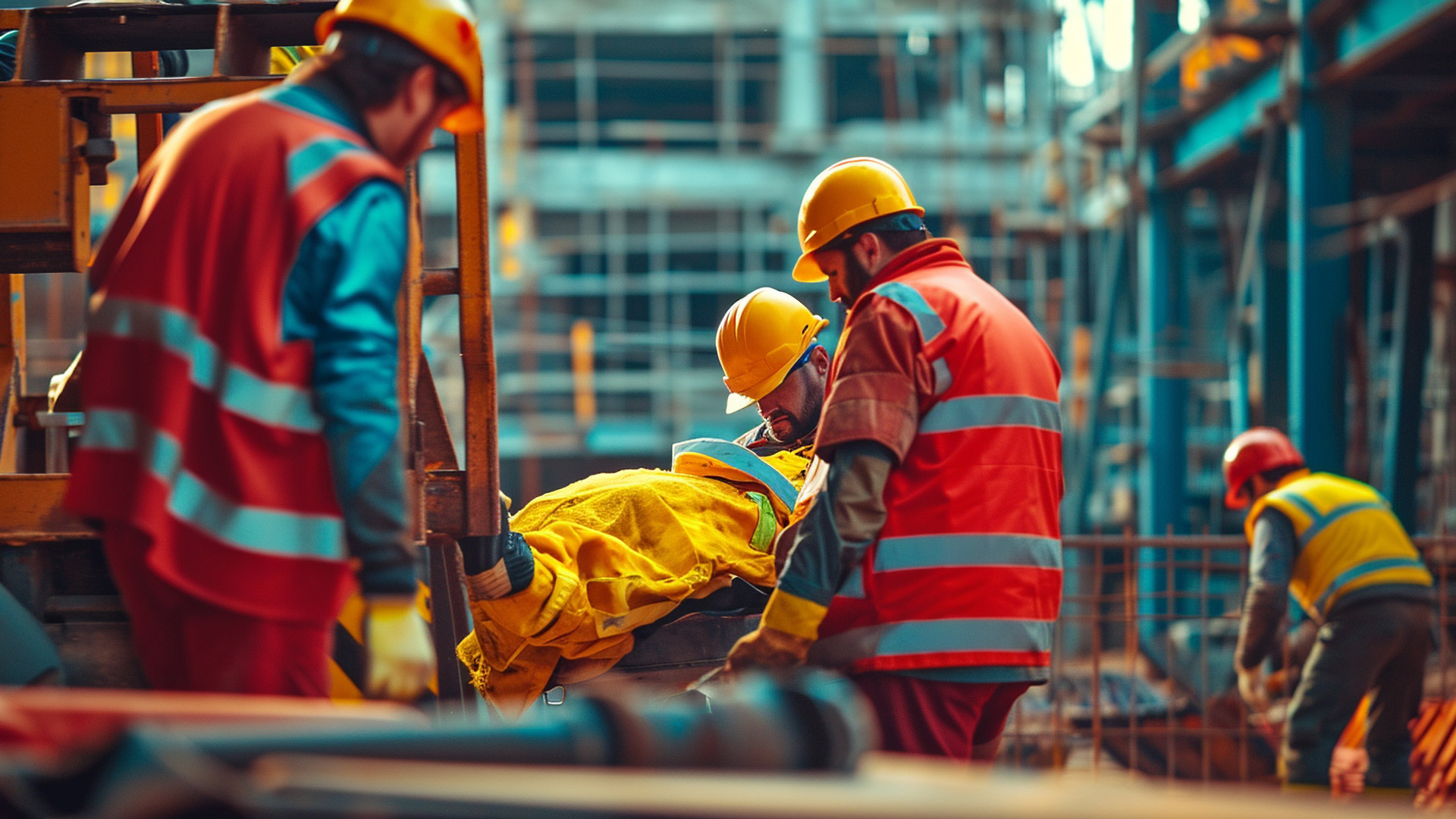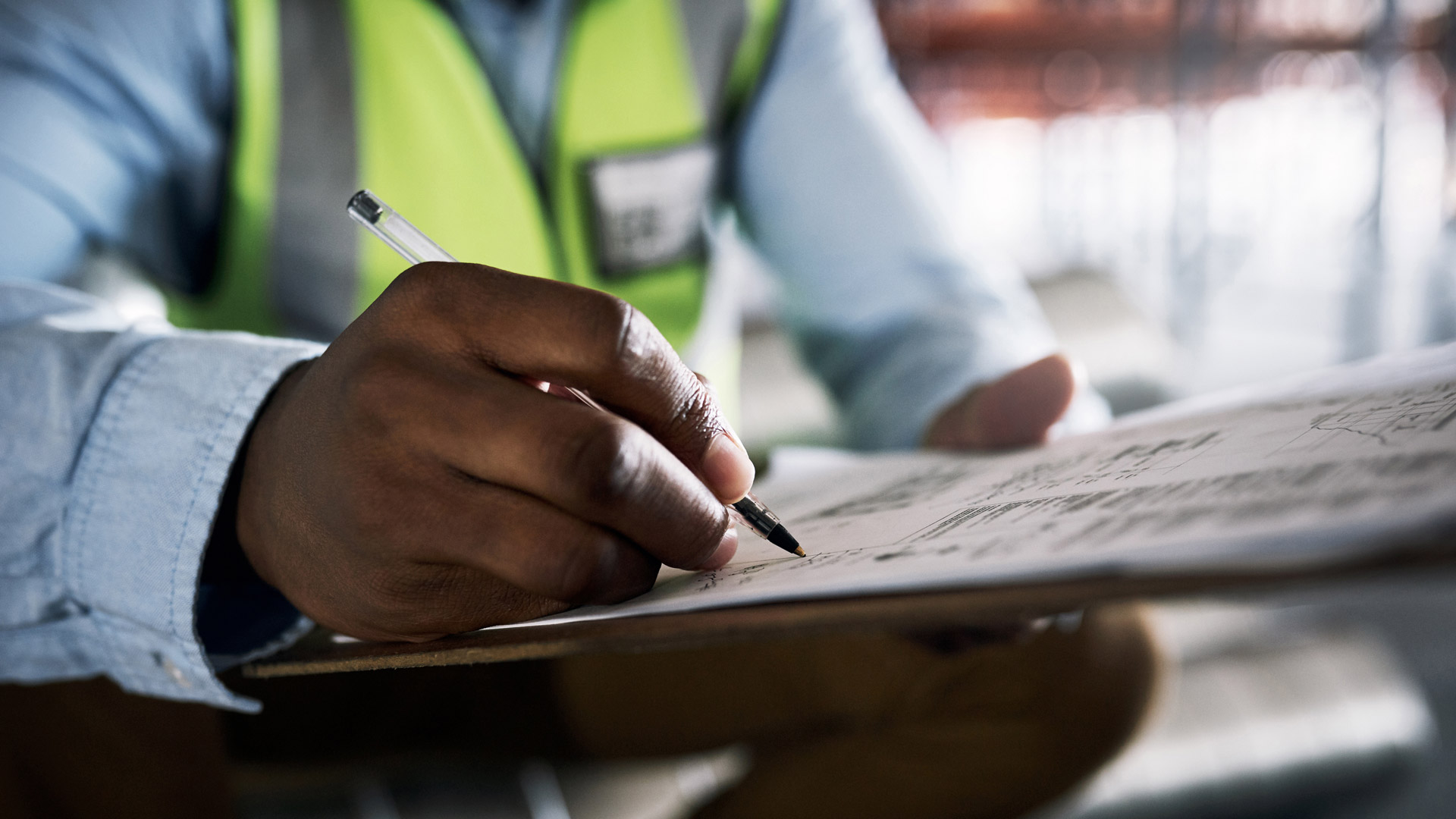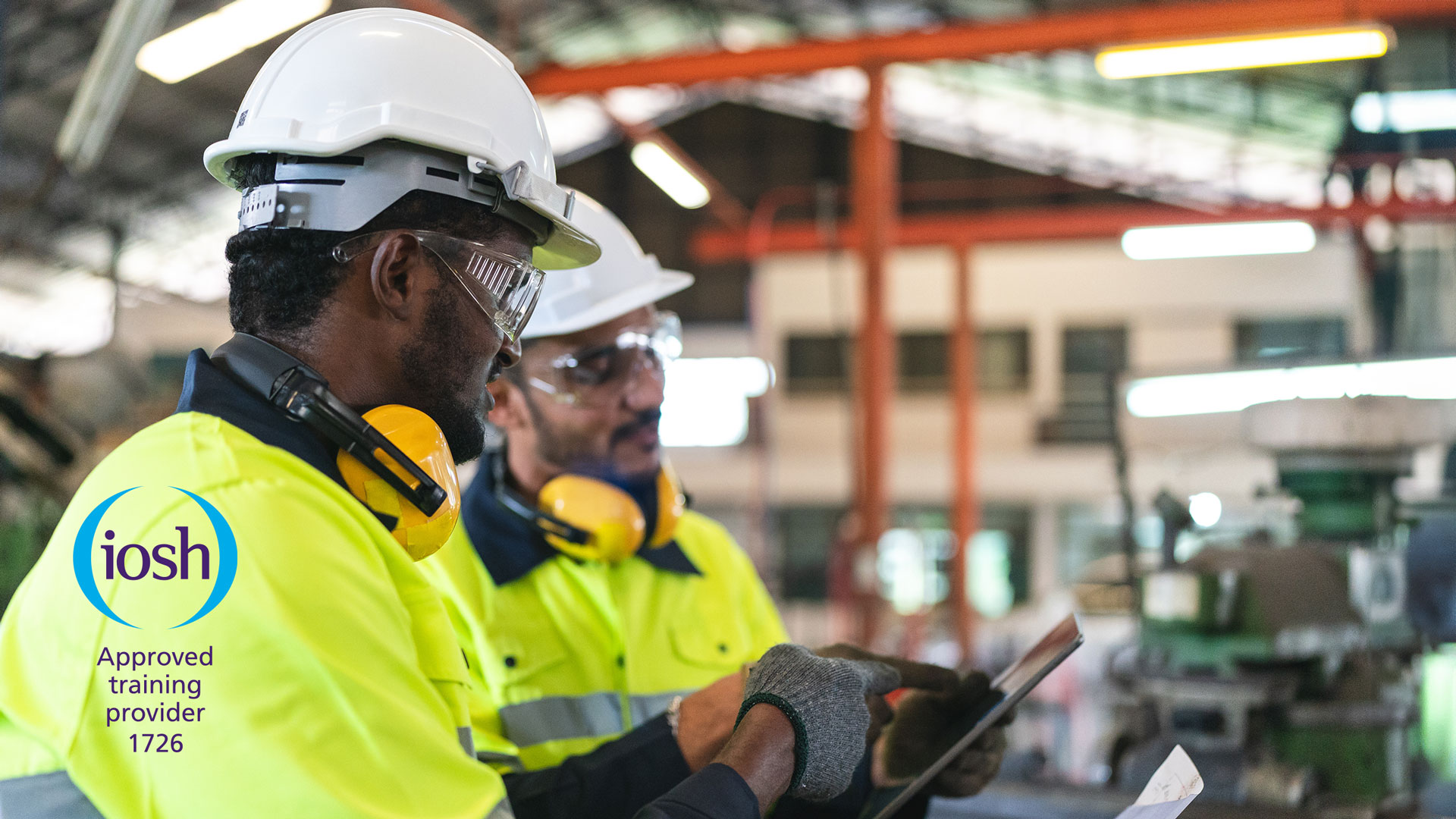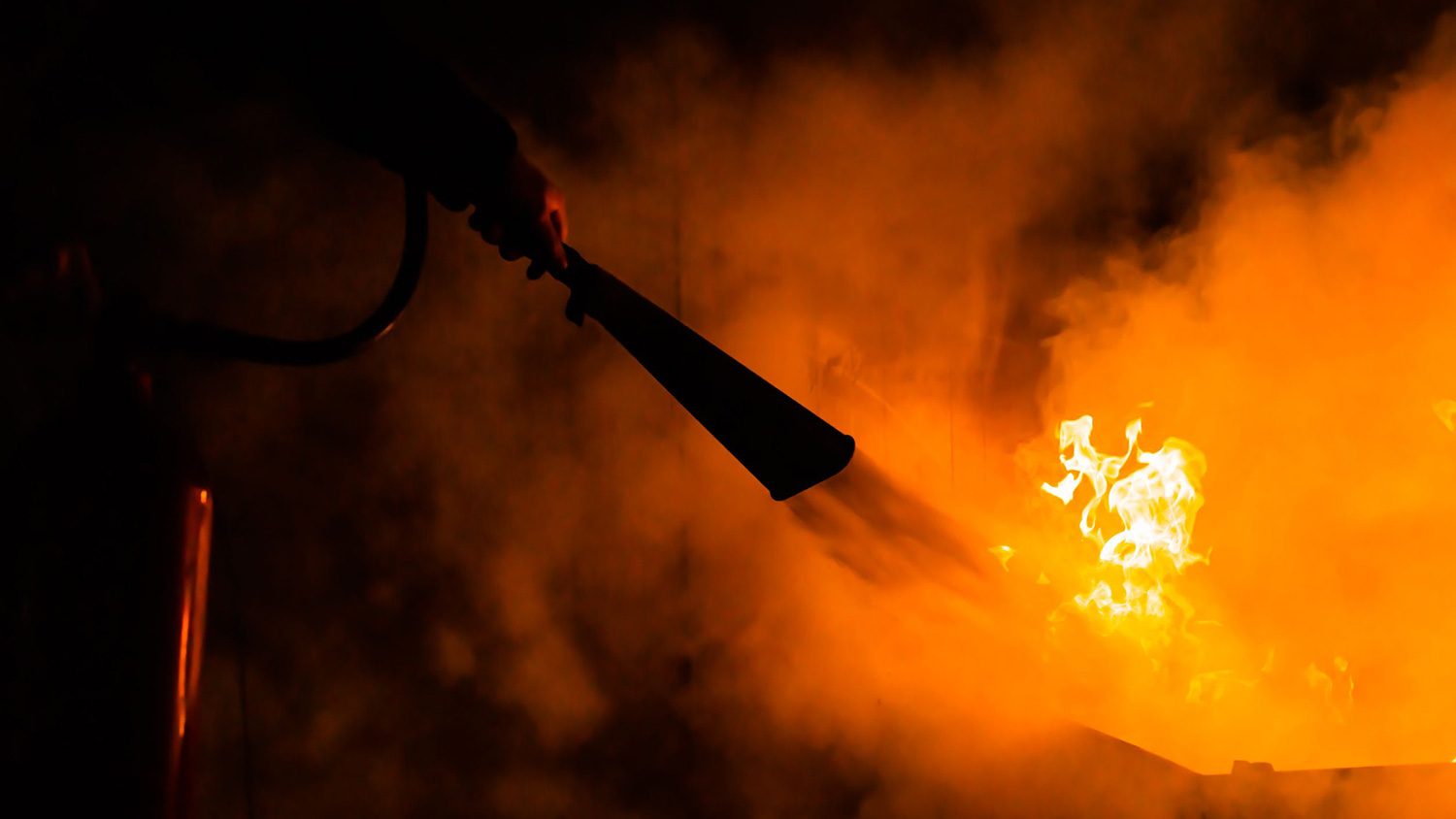Fire doors - maintaining safety during COVID-19
Fire doors play a critical role in saving lives and protecting property. In line with Fire Door Safety Week 2021 (20-26 September), we take a look at how the COVID-19 pandemic has impacted the proper use of fire doors, therefore introducing a risk to safety.
The issues around fire door safety don’t just exist in high-rise, high-risk buildings. They are prevalent in pretty much any sector and building type, from care homes and hospitals to schools and specialist housing.
A fire door ensures that, should a fire break out, it can be contained in a “compartment”. This keeps the fire and smoke trapped for a defined period, allowing time for people to get out/to be rescued and make the fire easier to tackle. It will not fulfil this function if damaged or propped open.
During the COVID-19 pandemic, some building occupiers chose to wedge or prop open fire doors in an effort to reduce the risk of contamination from contact points and keep air circulating. However, it should be noted that there are other measures that can and should be put in place before the need to hold open fire doors becomes necessary, including increased cleaning regimes, hand washing and the provision of hand sanitiser at the doors in question.
The Fire Industry Association says it might be acceptable to hold open some fire doors using appropriate hold-open devices, but these should only be fitted by a suitable competent person. Care should also be taken to conform to the recommendations of BS 7273-4 in this respect. For example, a “Critical (Category A)” interface between the fire alarm system and the door hold-open devices is necessary in certain circumstances, such as doors to staircases in single staircase conditions, sleeping risks and assembly or recreation buildings; under these circumstances, acoustically activated hold-open devices would not be appropriate.
Questions have also been raised as to whether, given that workplaces are generally less occupied currently due to COVID-19 and not all premises are being used, some fire exits can be locked. The National Fire Chiefs Council advises that there needs to be a suitable and sufficient number of fire exits for the number of occupants within your premises that are immediately available without the use of a key or code. This should ensure occupants do not have to travel excessive distances or pass through an area of high fire risk or move towards a fire to escape. This should be supported with adequate escape signage to identify the escape routes to be used in the event of fire, with any changes being relayed to all occupants in a format they understand. This should be assessed for the current occupancy and use and recorded in the fire risk assessment. Where doubt exists, advice should be sought from a competent person.
Ventilation
During the pandemic, it is important to identify and deal with areas that are not well ventilated. The more people occupying an area that is poorly ventilated, and the longer they remain in it, the greater the risk of spread of COVID-19.
However, any actions to improve ventilation should not compromise other aspects of safety and security (for example, propping open fire doors), and should consider other consequences such as health and wellbeing impacts from thermal discomfort.
Control measures such as avoiding certain activities or gatherings, restricting or reducing the duration of activities, providing ventilation breaks during or between room usage should be considered alongside ventilation for reducing the risk of airborne transmission.
Fire procedures and COVID-19
Owing to the potential risk of contracting COVID 19, the testing of procedures through full building evacuations is, in the case of many buildings, considered to present an unacceptable risk of person-to-person infection. Furthermore, the manner in which buildings are used and occupied is likely to have changed and might have an impact on pre-COVID-19 fire procedures.
However, says the Fire Industry Association, irrespective of the risks arising from COVID-19, any applicable national fire safety legislation remains valid, and the duties arising therefrom are unchanged. However, fire safety legislation is not prescriptive, so providing that appropriate supplementary or alternative fire safety arrangements are implemented, and that they ensure that the overall objectives of the legislative requirements are met, then the Responsible Person will have discharged their duty.
In all cases, the initial starting point must be a review of the existing fire risk assessment, fire safety arrangements and fire procedures to determine whether they remain valid, when considering the changes in the premises that have been introduced in response to COVID-19.
Having reviewed the changes that have been implemented within the premises, it will then be necessary to review the fire safety arrangements and amend them so that they remain suitable and sufficient, and most of all, workable under the prevailing circumstances.
After any changes to policies and procedures have been made, it is important to confirm that the changes not only work but do not present unintended consequences that will only become apparent when they are tested.
Maintaining fire doors
Because of their importance in protecting lives, it is imperative that fire doors receive regular inspections. Frequency is likely to depend on many factors, including the age and condition of the door. It has been suggested that a minimum quarterly inspection rule may be applied when the new Fire Safety Bill is implemented, recommended in Phase One of the Grenfell Tower Inquiry. Worryingly, the Fire Door Inspection Scheme (FDIS) recently highlighted that three-quarters of all fire doors inspected in 2019 were condemned as not fit for purpose.
You may also be interested in
RELATED CONTENT
RELATED CONTENT

The Accident and incident reporting course helps learners develop skills to deal with the aftermath of an accident or incident.

The Risk Assessment and Method Statement (RAMS) course examines the HSE’s recognised five-step approach to risk assessment.

The world’s best-known health and safety certificate, designed for managers and supervisors in any sector or organisation.

IOSH Working Safely is a one-day introductory health and safety training course for people at any level, in any sector.

Risk assessments are often the first thing to be reviewed in the event of an accident. Claire Deacon PhD, Health and Safety Trainer with International...

Responsibility for fire risk assessment in the workplace is changing in line with new legislation. In this briefing, John Davidson of security and fir...

The use of machines in the workplace is nothing new. But, whereas robots were initially built to carry out simple tasks, nowadays artificial intellige...

Risk assessments carried out by the Manchester Arena operators prior to the Ariane Grande concert in 2017 were nothing more than “box ticking", an inq...